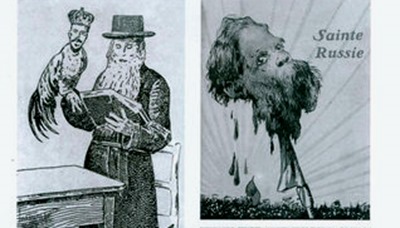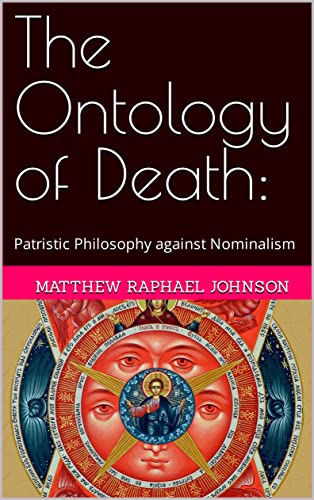
On July 17, 1918 the royal family of Russia were murdered and today’s podcast was recorded on the 98th anniversary of the crime.
Tsar Nicholas is one of the greatest men of the 20th century. His reign was a success on all fronts. Industrial growth was extraordinary. Railroads were being laid throughout that huge country. Iron and steel production increased by about 156% between 1900-1913, while pig iron, or unprocessed iron, increased by almost 100%.
The state was spending a fortune on education at all levels. Peasants were buying land from the nobility through the peasant land bank, which offered credit on very good terms. Other peasants were moving to fertile parts of Siberia, at government expense, with state supplied tools and seed. Russian exports and her foreign trade increased by about 150% throughout Nicholas' reign. Between 1861 and 1916, about 90% of the land was in peasant hands. In Germany at the time, the figure was about 40%.
The fact is that the old nobility were disappearing. While few of these nobles were wealthy, almost all of them were deep in debt. Government service, a rising peasant class and a middle class were slowly taking over. The working class by 1900 was still tiny. Contrary to popular belief, peasant landholding was expanding in every direction, both in it’s communal setting as well as for individual proprietors. Russian taxes were the lowest in Europe, at 1.83 rubles per capita, versus the equivalent of 17 rubles in Great Britain at the time.
Russia was becoming urbanized. Like the rest of Europe, she had periods of labor unrest, but probably had the best pro-labor legislation in the world, passed by Alexander III, his father. It was tough to fire workers. Hours were reduced and night hours were forbidden for children and women. The factory inspectorate was created, which sent government inspectors to look at working conditions and hear labor complaints. Wages were continually rising. Sergei Witte, Nicholas' prime minister, made it easier for peasants to buy land on their own. Even Soviet estimates of peasant landownership under Nicholas show that about 90.45% of the land was owned by the peasantry as the nobility was desperate to sell.
From 1898 to 1913, the Russian farmer increased his live animal herds by over 200%, butter by over 300% and both fresh and salted meats by almost 500%. Russia grew about 60% of the world's rye and about 30 percent of it’s oats. This is partly due to the increasing number of peasant proprietors, as well as the investment of the Russian government at all levels in improvement of peasant agricultural methods.
Russia was running both a trade and budget surplus. This was partly due to her newer industries such as oil, steel and sugar beets, but her massive increases in grain production also played a part. Her only substantial debts were to France.
Almost all government positions were elected. The commune was the main organ for the peasants, it had its own courts and police. All were elected. The next level up was the volost court (like a county court), which was also elected. The zemstva were units of local government that were elected too, with a noble dominated upper house and a peasant lower house. Communes would send delegates to get their views heard.
Governorships were still appointed from St. Petersburg, but could do little without the consent of local governing bodies. The Tsar was not absolute. The nobility was given it’s charter of liberties under Peter III, Catherine II and Paul, and had substantial civil rights, despite their desperate economic position. Peasants had a right to land in the communal system and were judged solely according to their own law. Enforcement was difficult, since Petersburg was so far away, so most government was local. Contrary to public belief the Russian bureaucracy was far smaller per capital than England or France.
The church was experiencing a revival. With the writings of the Slavophiles, the rise of hesychasm (a form of monastic prayer) in Optina and Sarov, the immense popularity of St. John of Kronstadt, and before him, Filaret of Moscow, the Orthodox Church was growing rapidly. A new group of intellectual theologians were coming on the scene by 1900.
Tsar Nicholas II was murdered by a British empire that saw Russia as its primary threat. He was murdered by a "Russian" press that invested story after story to incite the people against him. These stories were then reported in English papers without criticism.
The Kahal in Brooklyn decreed the death penalty for Tsar Nicholas. Below is a postcard that they issued. The left panel shows the sacrificial chicken with Tsar Nicholas' head on it. The right panel is a French issued card from the Jewish Kahal in Paris that says "Holy Russia." The tsar's head is on a pike.

Presented by Matt Johnson
The Orthodox Nationalist: Tsar Nicholas – The Loss of a Great Man – TON 071916
Download
The Orthodox Nationalist will be back on Radio Aryan next Tuesday at 3pm EDT/8pm BST
See the daily radio schedules for more alt-right audio available for download.
Join the chatroom, visit the bootleg archive and follow the feed.
We can accept donations with this Bitcoin Wallet:
1DUSX2dez4DJHcixzK7cwMvg1e8eYdssDi
Radio Aryan on Gab
Online Radiobox app
Radio Aryan smartphone app
Live Online Radio
Player.FM

128k live stream
48k live stream
Zeno Radio Relay
Subscribe to Radio Aryan by Email














0 Comments